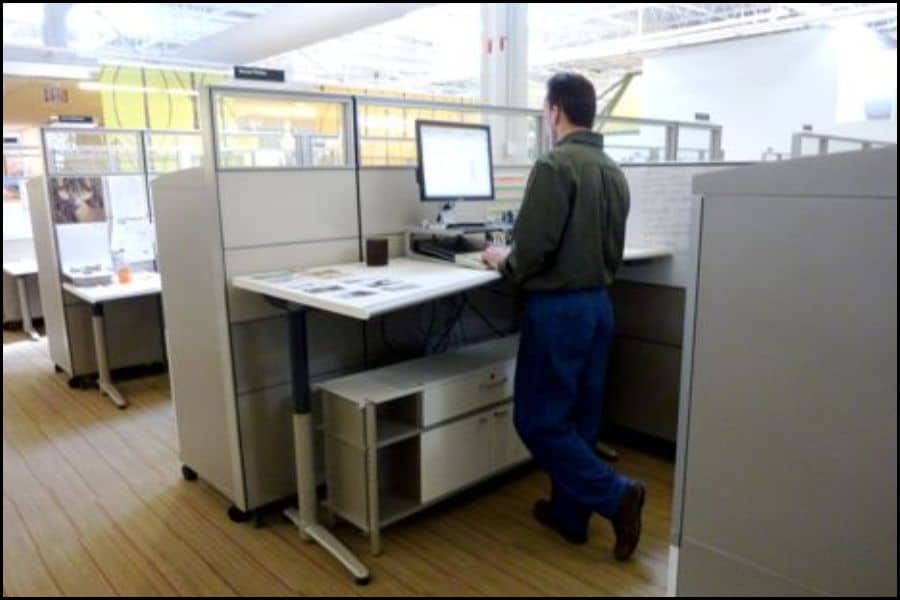 There have been dramatic changes in the last century in the physical, economic and social environments in which we live (2). These changes have transformed the way we live, work and communicate as we are seen to be sitting in our commute to work, in the work place, in our homes and in our leisure activities, and in turn, we are seeing significant changes in the health of the general population.
There have been dramatic changes in the last century in the physical, economic and social environments in which we live (2). These changes have transformed the way we live, work and communicate as we are seen to be sitting in our commute to work, in the work place, in our homes and in our leisure activities, and in turn, we are seeing significant changes in the health of the general population.
According to a recent study (1) in the American Journal of Epidemiology, sitting for more than six hours a day can increase your risk metabolic disease, obesity, cardiovascular disease, diabetes, stroke and various types of cancer. The article goes on to mention that although the public health guidelines focus on increasing physical activity to reduce these health risks, there is no mention of reducing the amount of time spent sitting. The study found that those who sit for six hours a day were more likely to develop one of these diseases but those who sat for no more than three hours a day had less health issues developing later in life.
So how can we reduce the amount of time we spend sitting from six hours a day to three? A solution to this issue, aside from regular breaks, is to work at a standing desk. A standing desk is simply that, a desk you can stand at to do your work. A standing desk allows you to adjust your workstation to have the option of standing or sitting.

There are many standing desk options available on the market. A desk with adjustable legs allows you to alter the desk to whichever height best suits your requirements. Another option is a desk riser which is a mechanism that sits on top of your current desk that raises your monitors and keyboard to a height that is best suited for you as you stand and work.
As part of your total office fitout solution, TKO can supply whichever standing desk(s) best suits your situation and requirements in order to increase the health and wellbeing of you and your staff. References:(1) Patel, Alpha V. et al. 2010. “Leisure Time Spent Sitting in Relation to Total Morality in a Prospective Cohort of US Adults”. http://aje.oxfordjournals.org/content/172/4/419.full.pdf+html
(2) Owen, Neville. et al. 2012. “Too Much Sitting: The Population-Health Science of Sedentary Behaviour”. http://www.ncbi.nlm.nih.gov/pmc/articles/PMC3404815/

